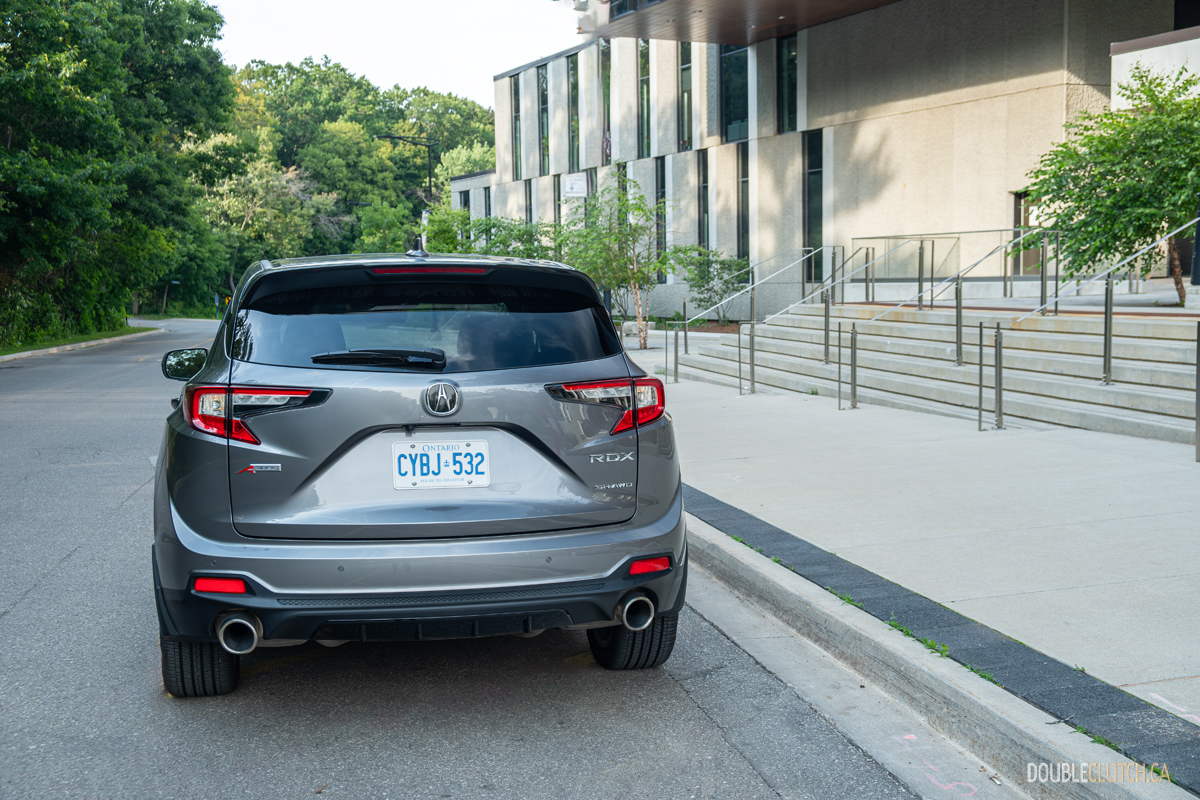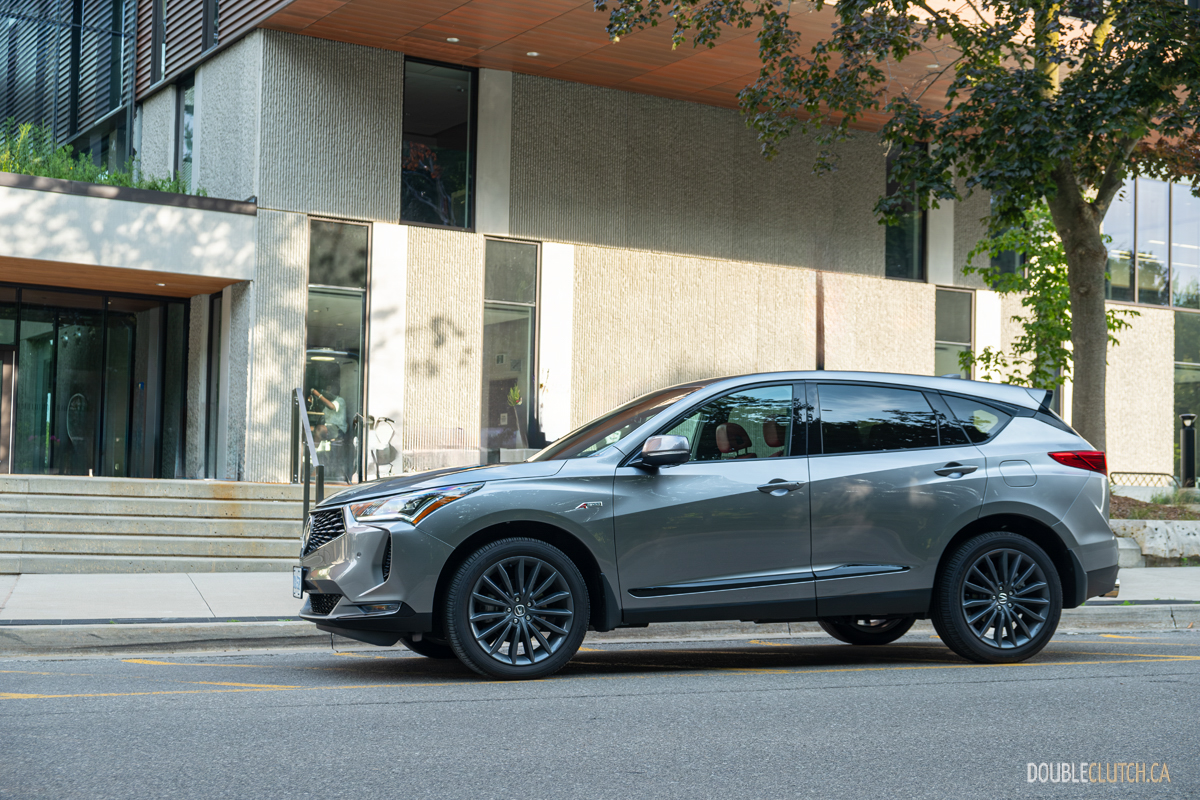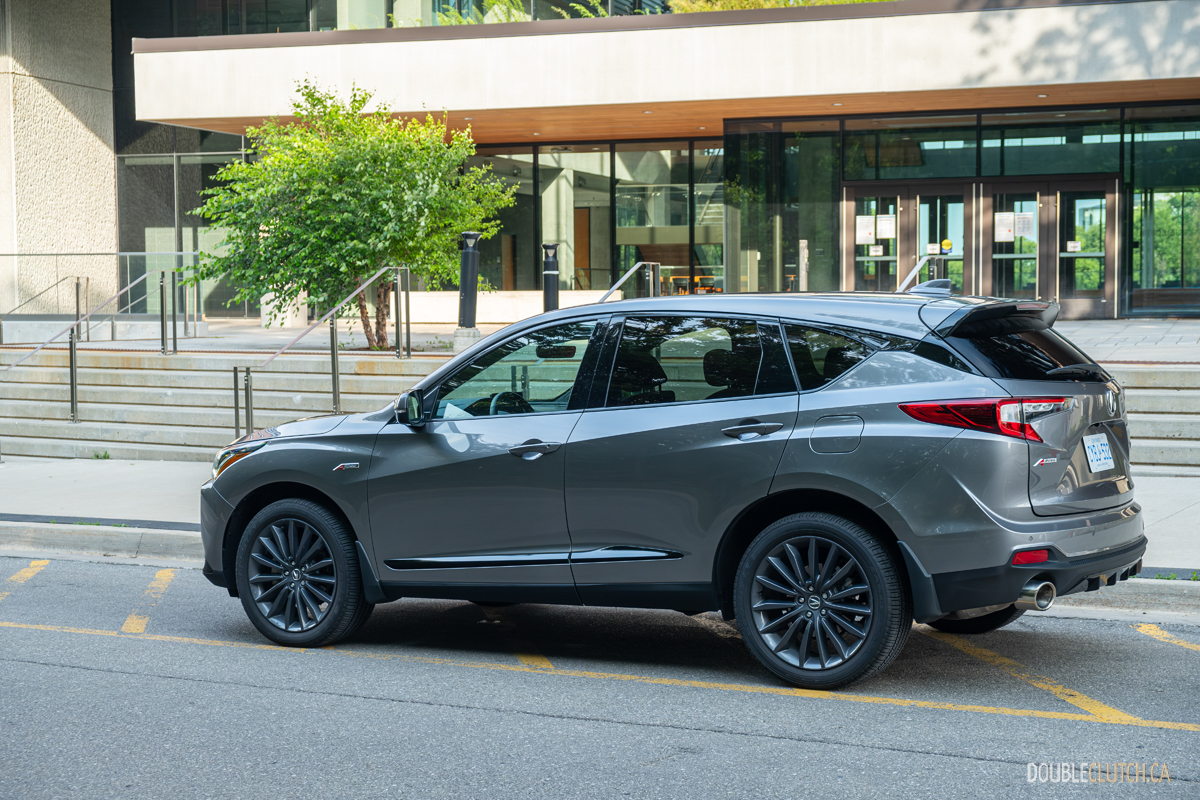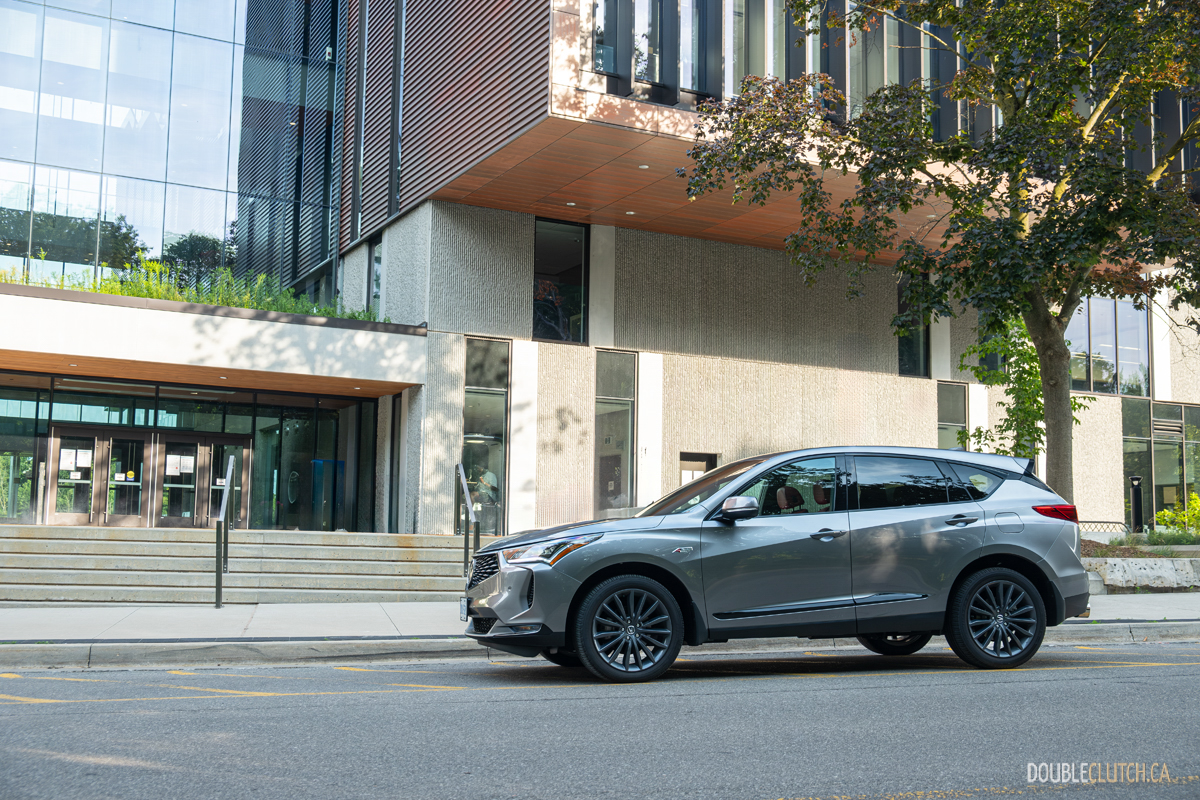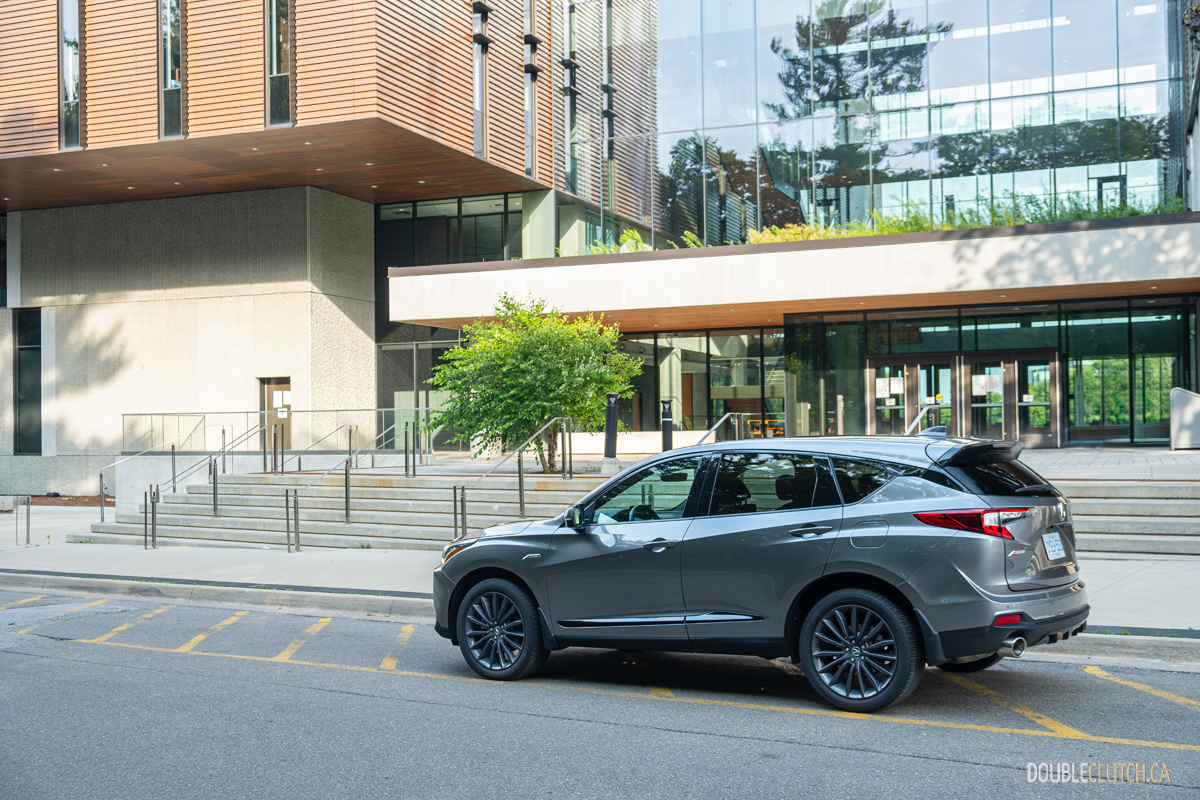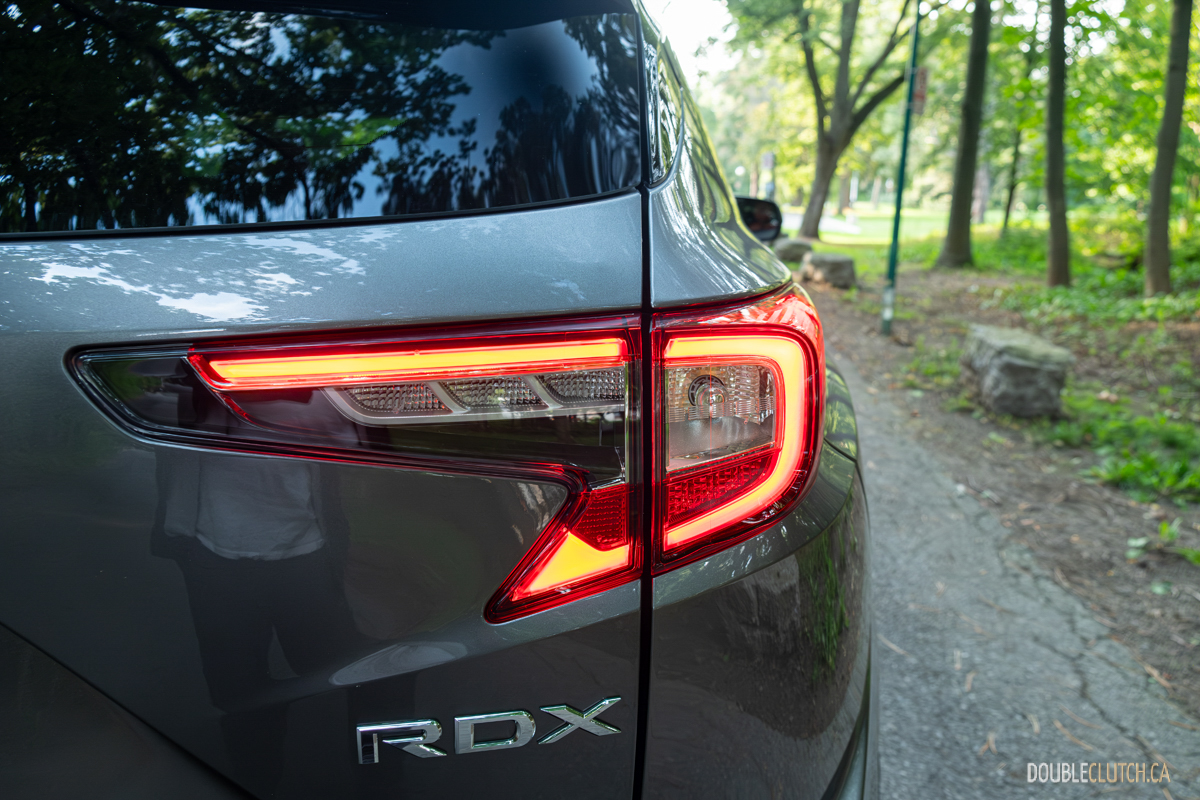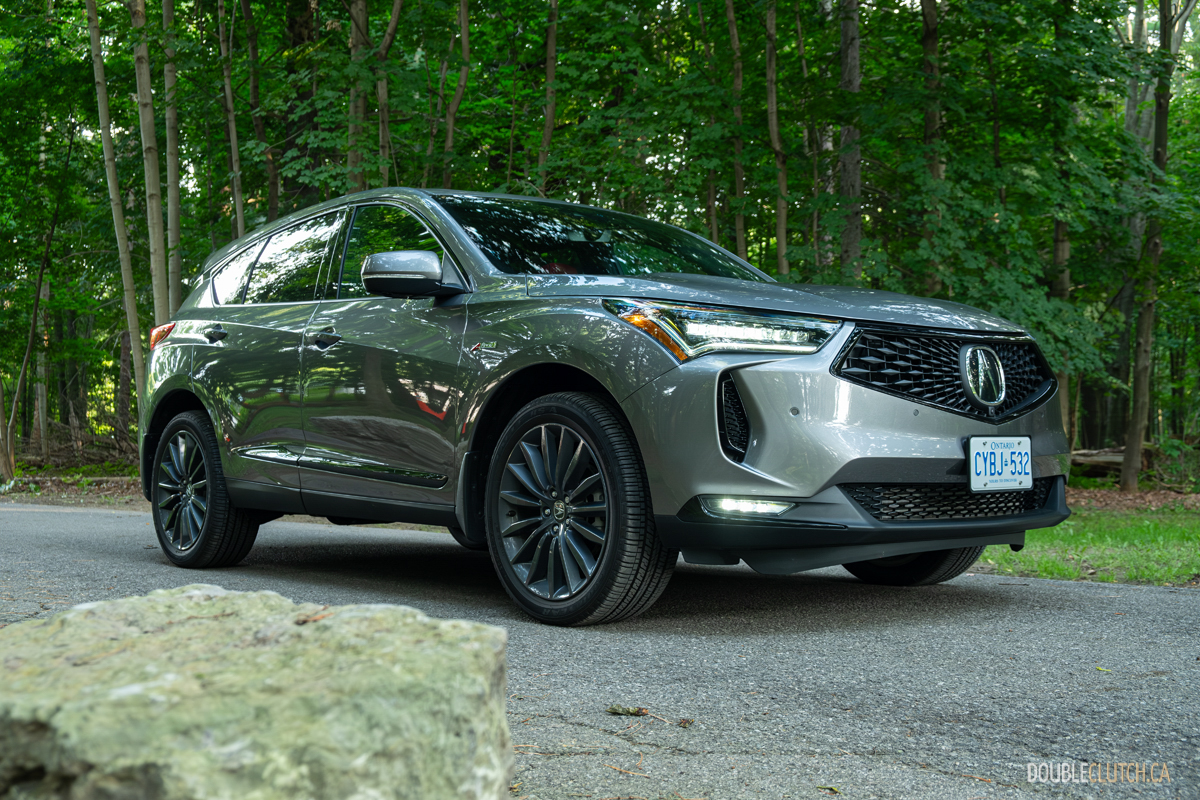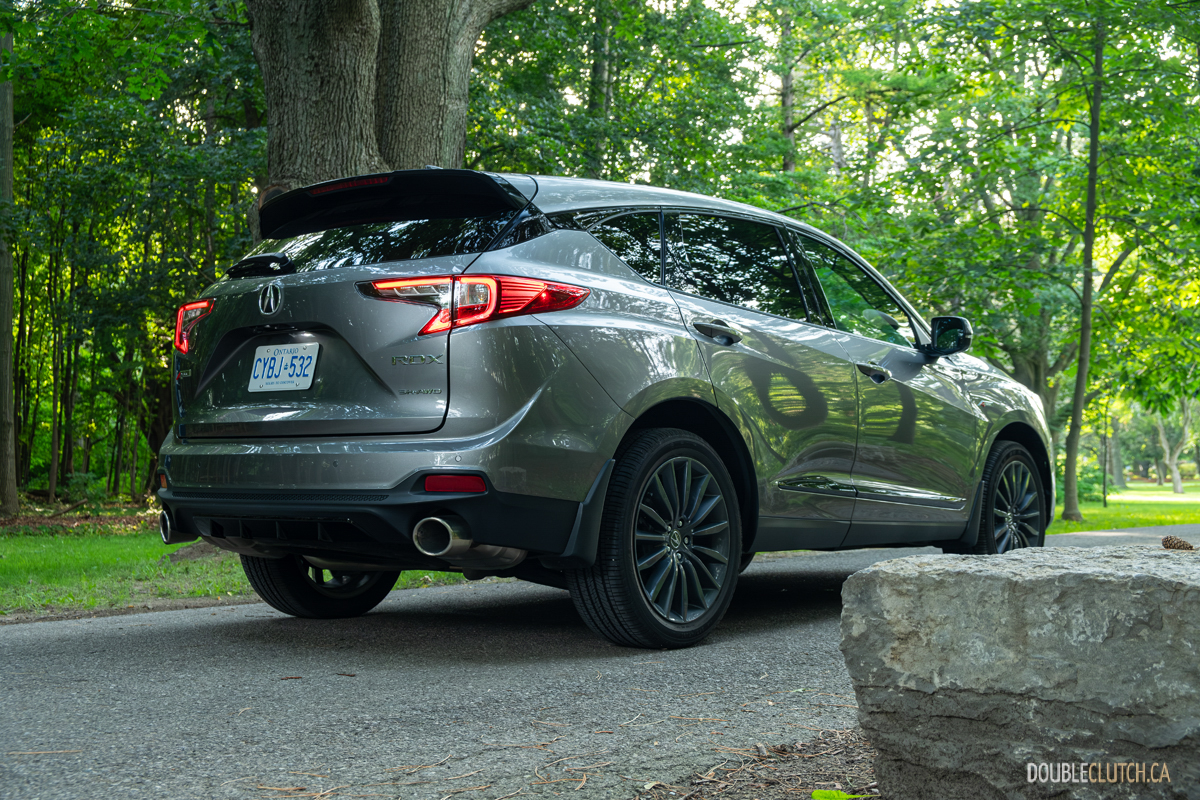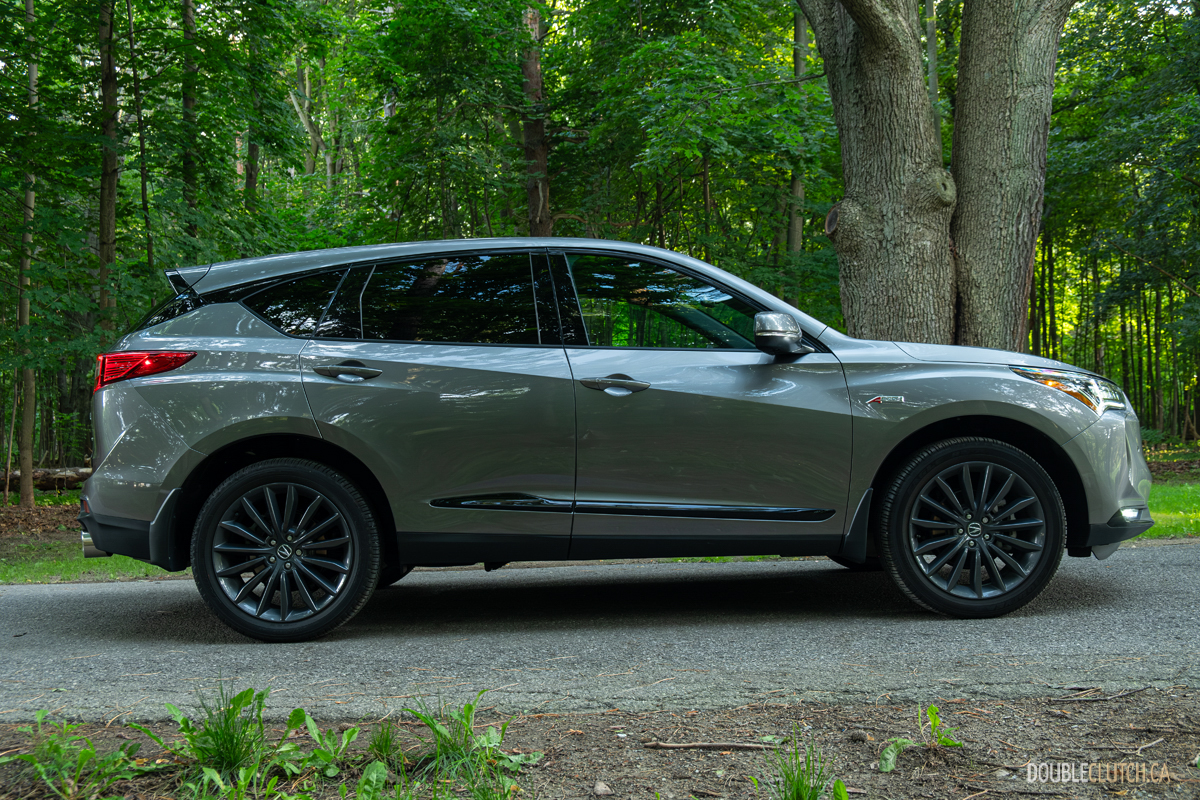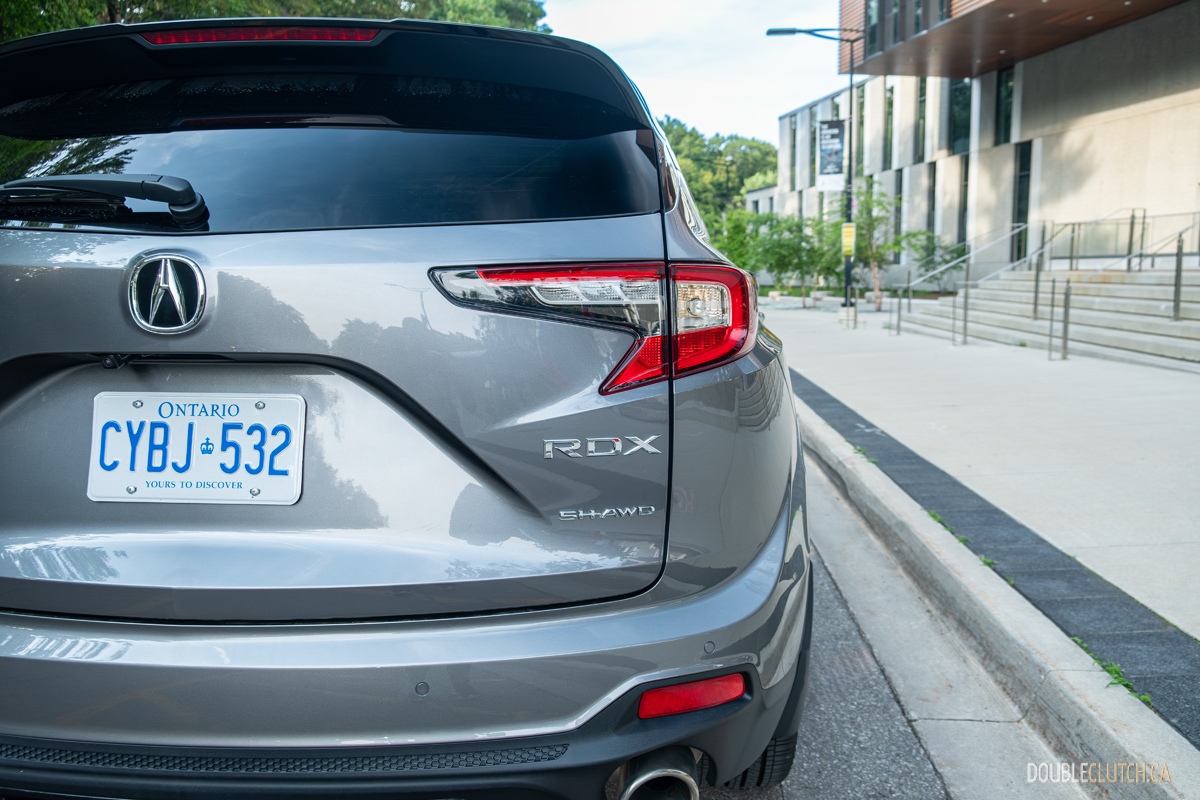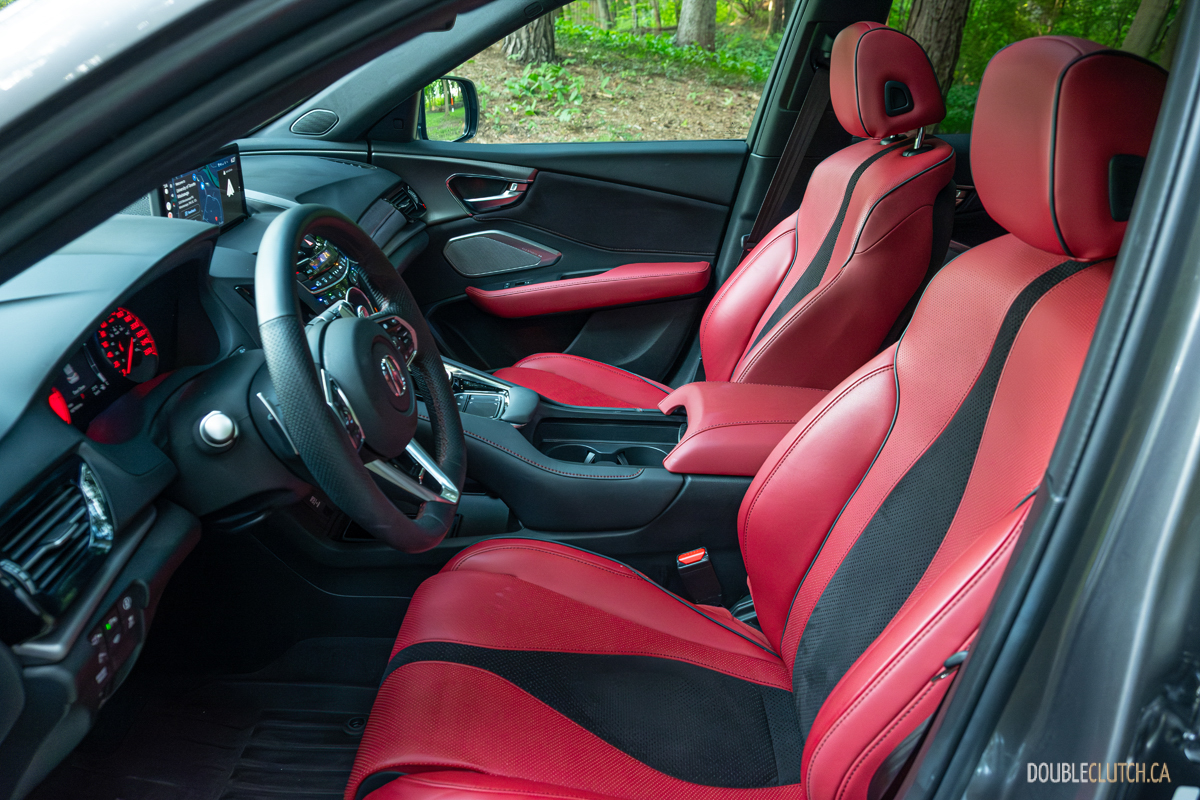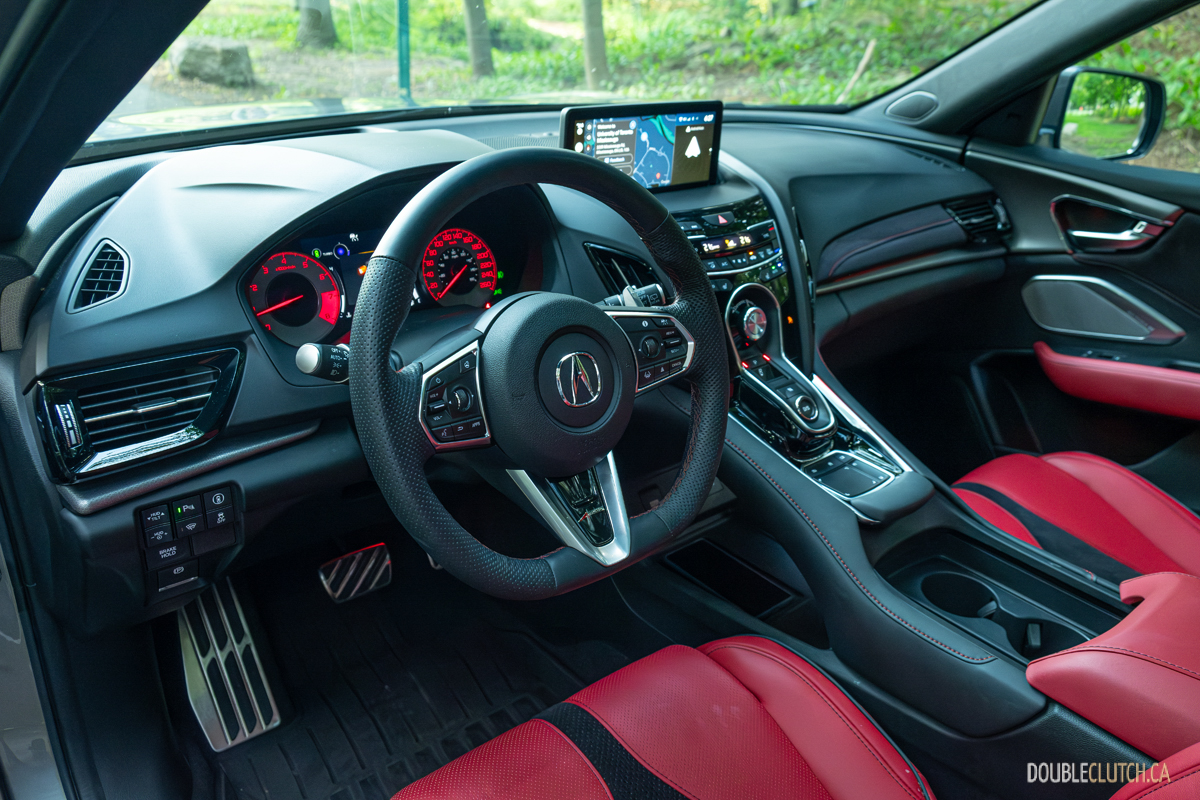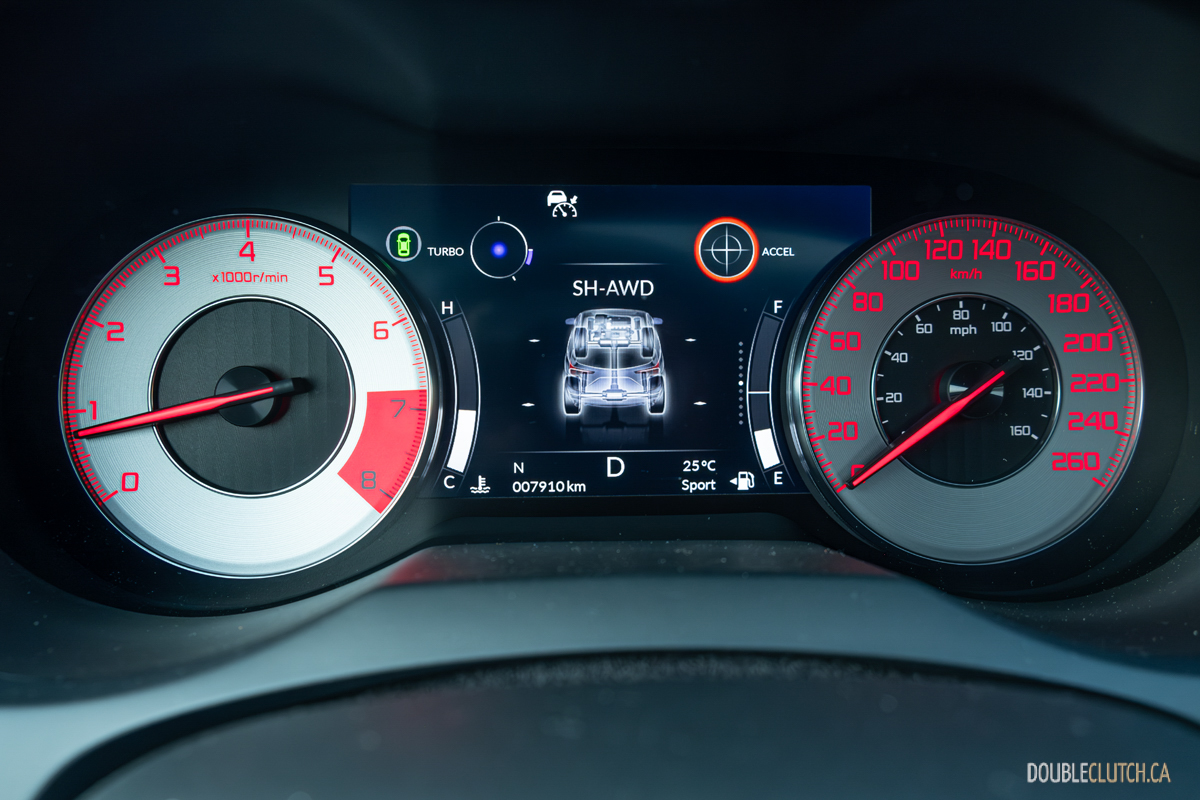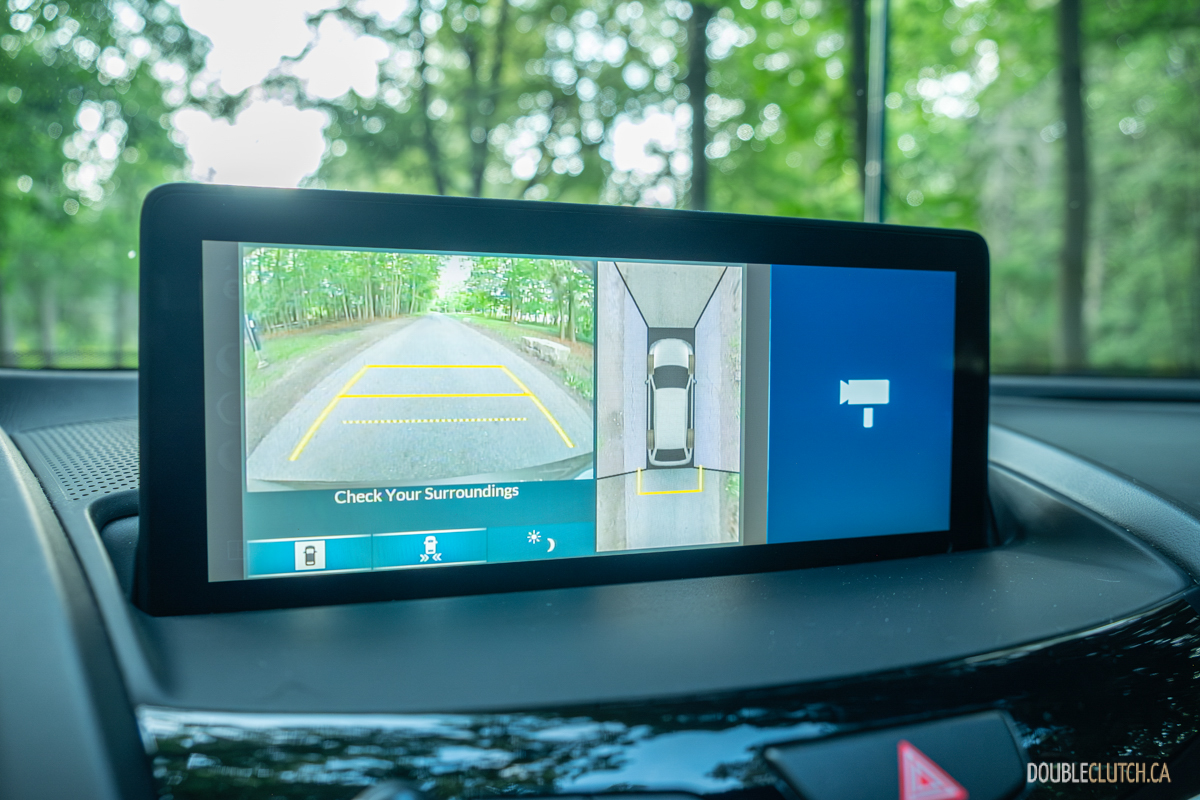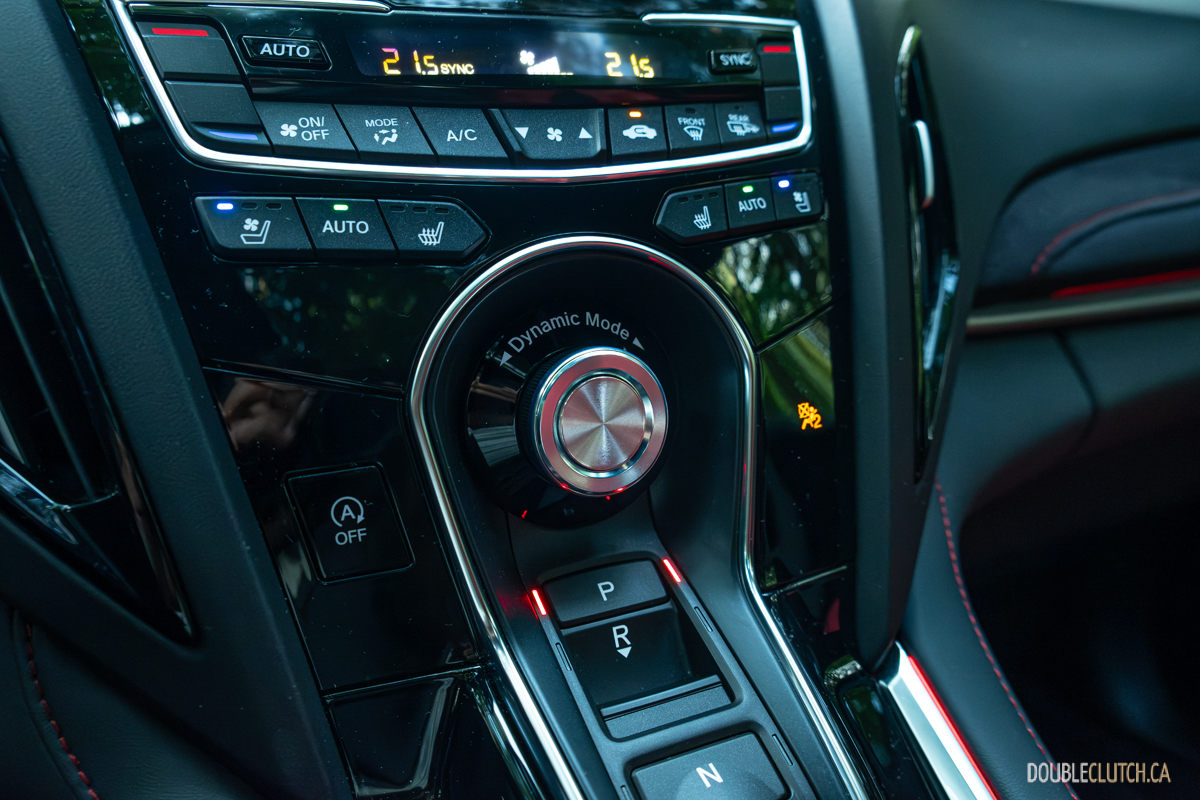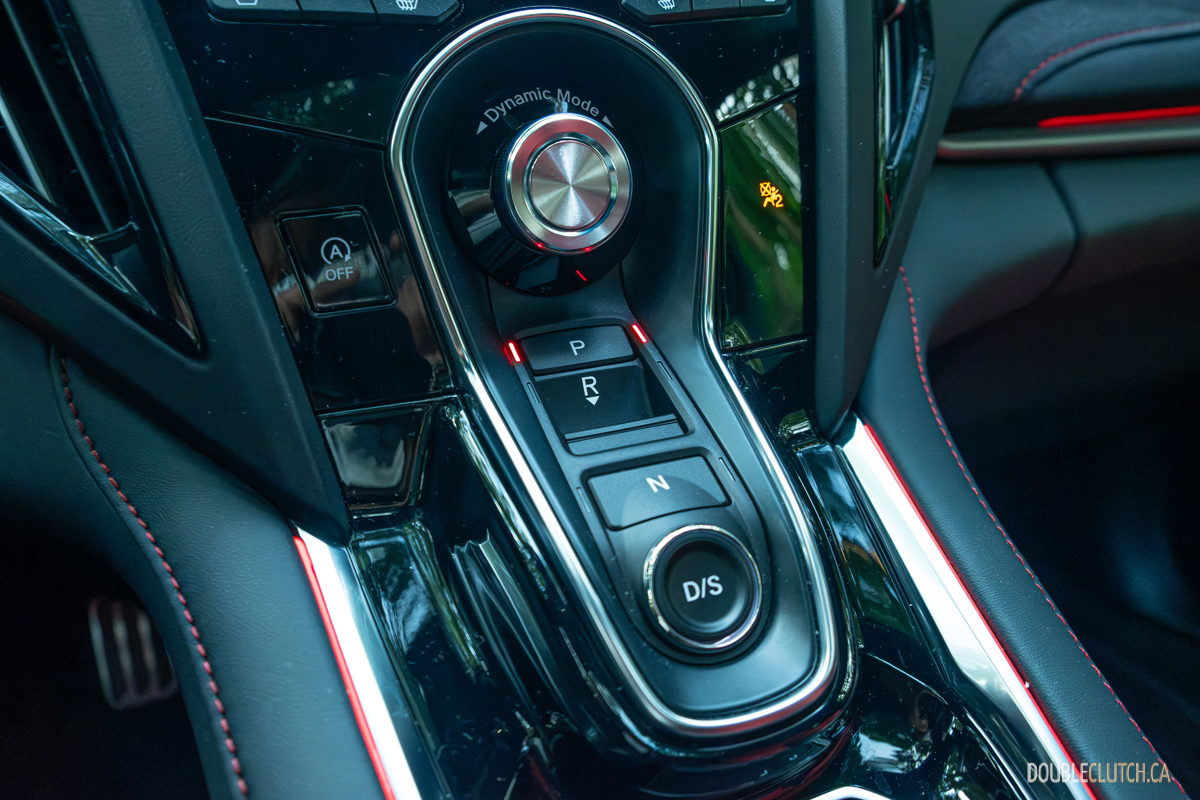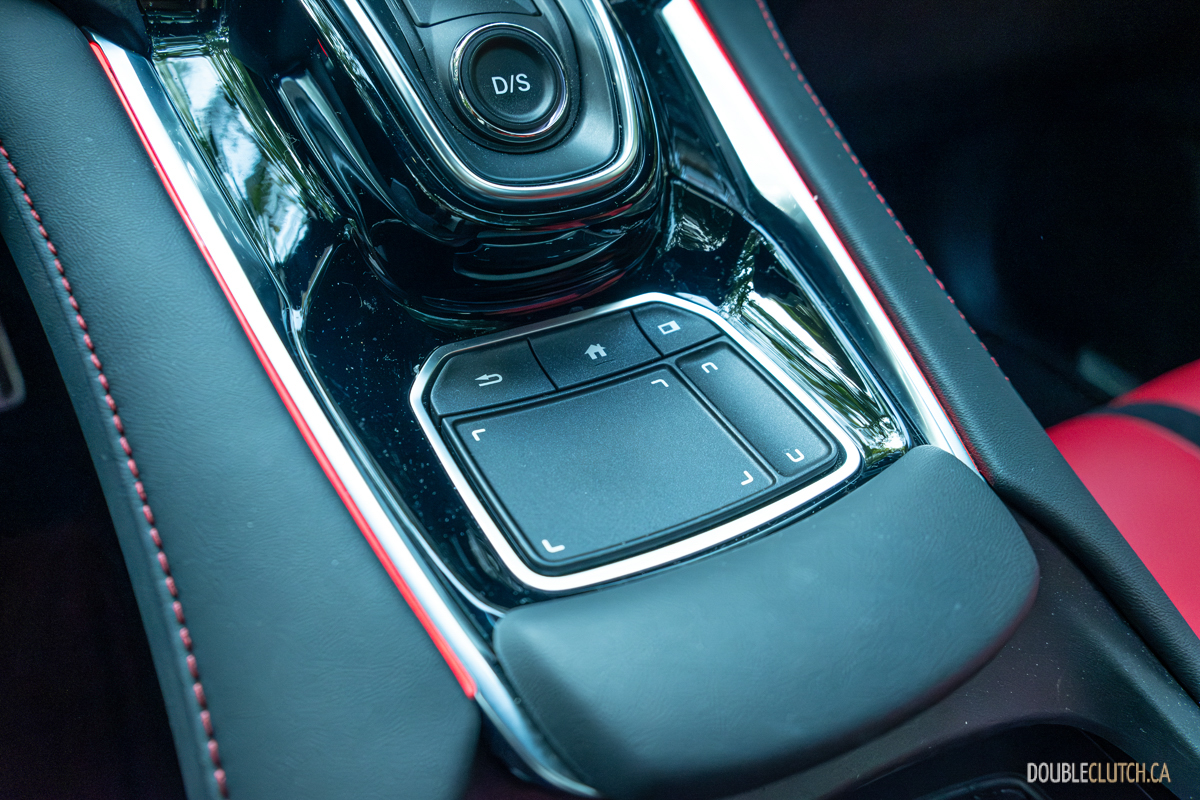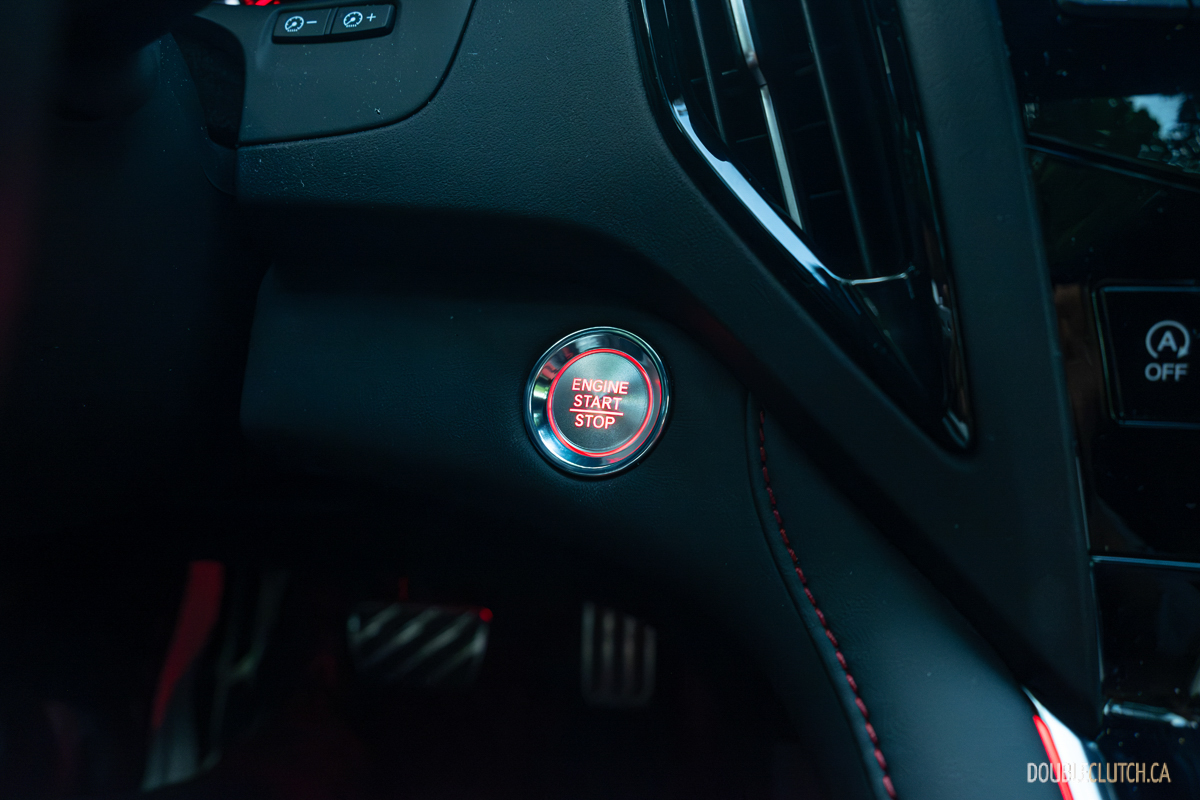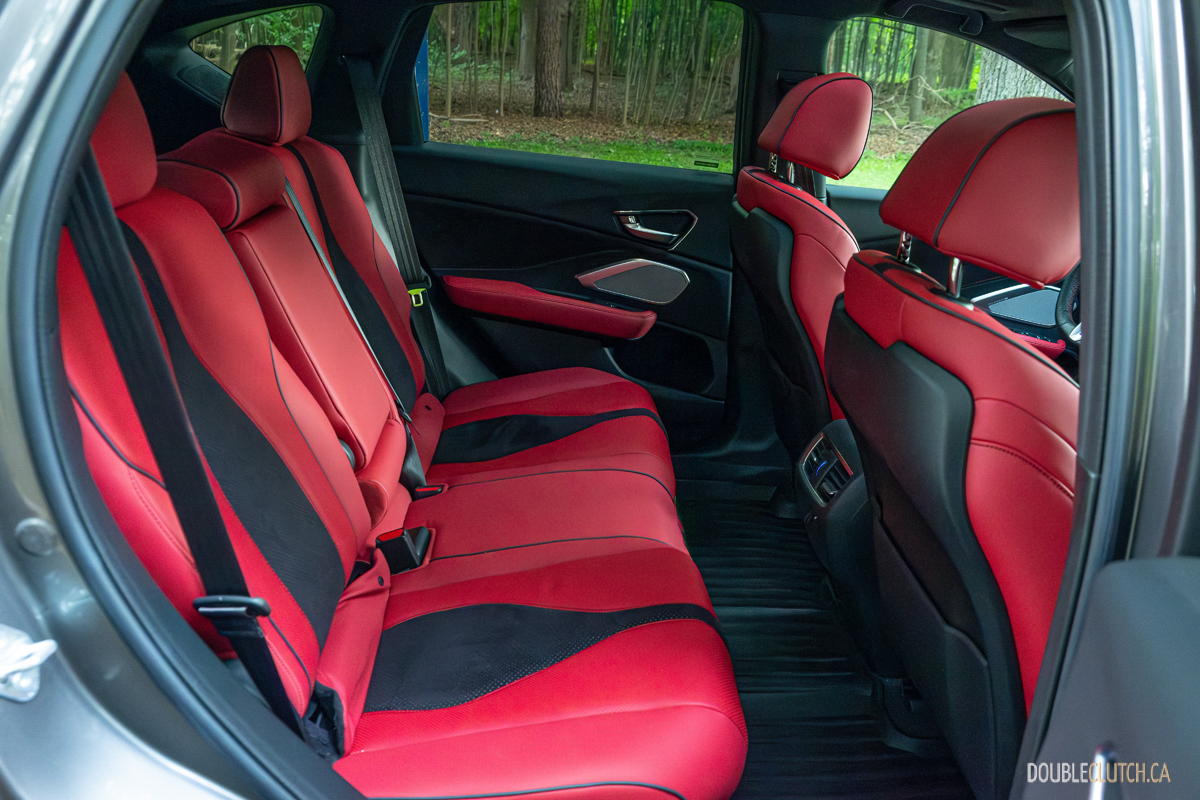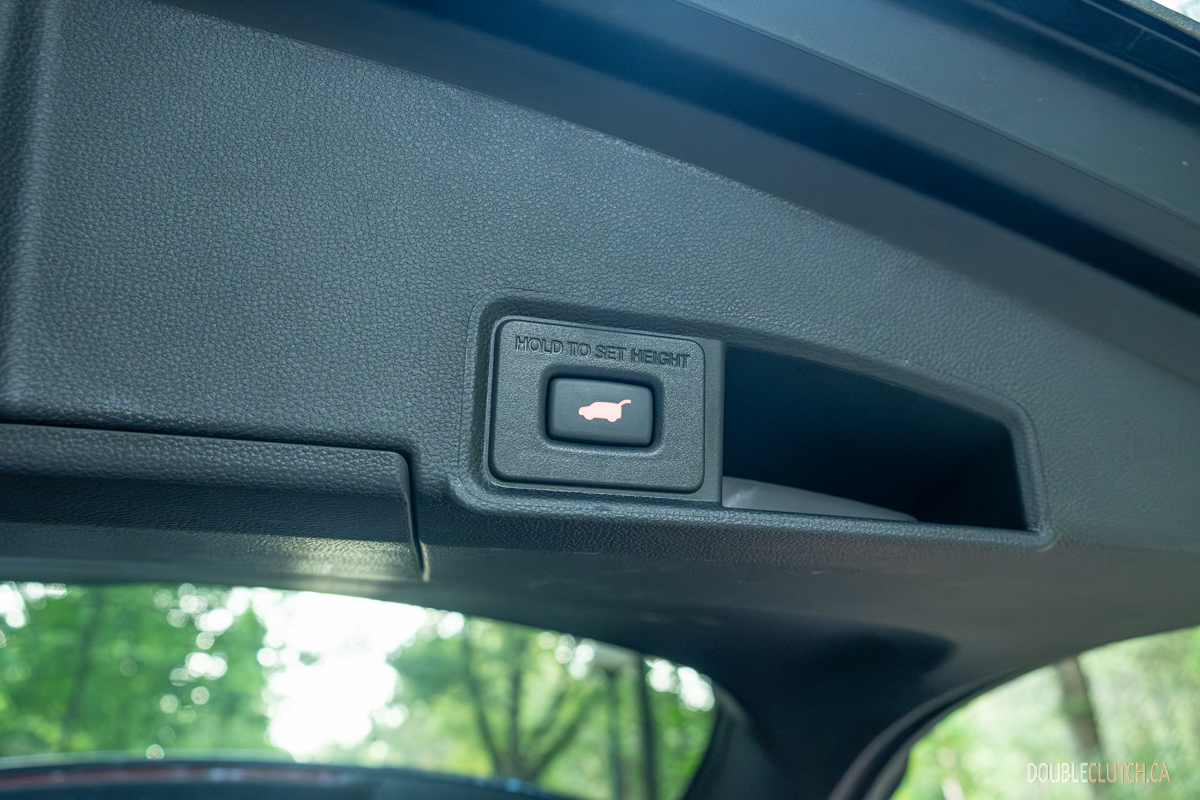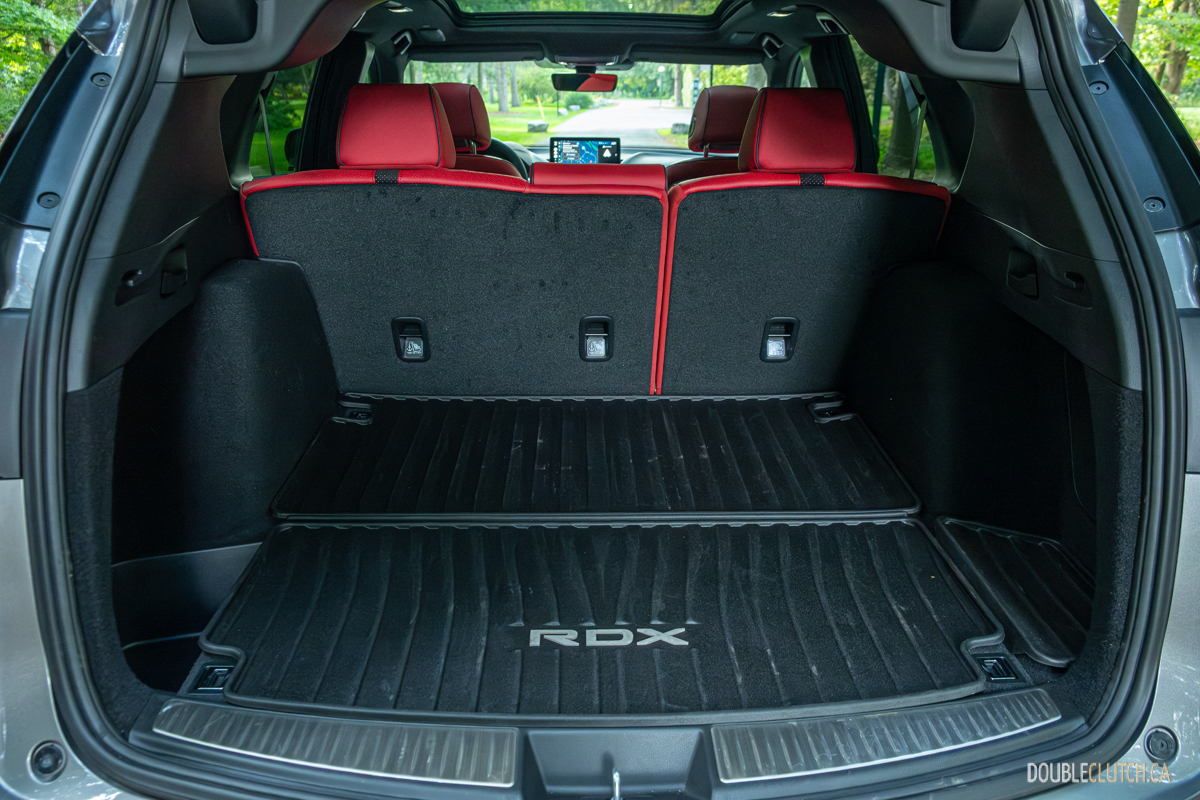I’ve always rooted for Acura. They were always the underdog, something many of us resonate with. They’ve gone up against the German (and Italian) goliaths with cars like the original NSX, Legend, and Integra, even managed to win a few rounds. But it’s been hard to root for Acura lately, offering little in terms of excitement, nostalgia, or revolutionary cars like it did in the past. It’s become painstakingly obvious that budgets are not what they once were, and there’s no more ‘carte blanche’ to develop a vehicle to its fullest extent. Yet in the 2023 Acura RDX Platinum Elite A-Spec, I caught climpses of that special Acura DNA that existed back in the 1990s and early 2000s.
It starts with the experience behind the wheel, where you’re greeted to a sporty perforated leather steering wheel with strong thumb and finger indents, hinting at some sporting intent. The analog gauges, although dated, look pulled straight from the RSX, with silver dials against strong red backlighting. It’s not the easiest to read during the day, but boy does it look cool at night. The seats are comfortable and trimmed in a racy red leather with black suede-like inserts, providing a good balance of comfort and grip. It’s a comfortable place to be, even out back with roomy back seats and a sizeable cargo area — 881 litres with the seats up, plus a clever under-floor storage area.
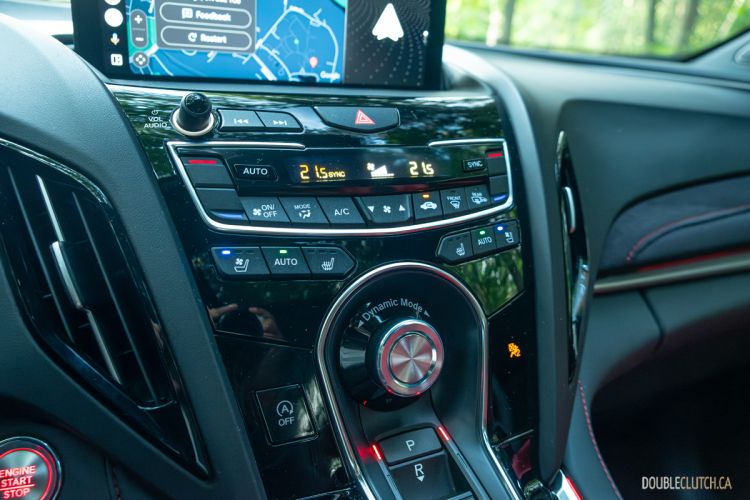
The driver-centric intent of the RDX is hinted at with the ‘Dynamic Mode’ dial being big, silver, and right in the middle of the centre console. It’s not the most ideal location — I accidentally turned it for volume a few times — but Acura wants you to know that this is a sporty little thing. Moving that dial into Sport mode adjusts the throttle, shift mapping, and suspension to it’s sportiest settings, and turns on the ‘sport’ displays in the central gauge screen — which are comically microscopic acceleration and boost meters. Seriously, the little dot on the g-meter must be a single pixel. Still, you can tell Acura engineers trying to inject some fun into their products, but are simultaneously working against the bean-counters at head office declining budgets.
Like many modern Acuras, the RDX gets on with some frustrating ergonomics. Years ago, Acura went to a button-only setup for their transmission across essentially all of their vehicles, and it stuck around despite being odd in operation. You hit a rectangular button for park, a circular one for drive, press down on a toggle for reverse, and another rectangular button for neutral. It doesn’t feel very natural, and I much prefer your typical shift lever or a rotary dial like many other manufacturers have adopted.
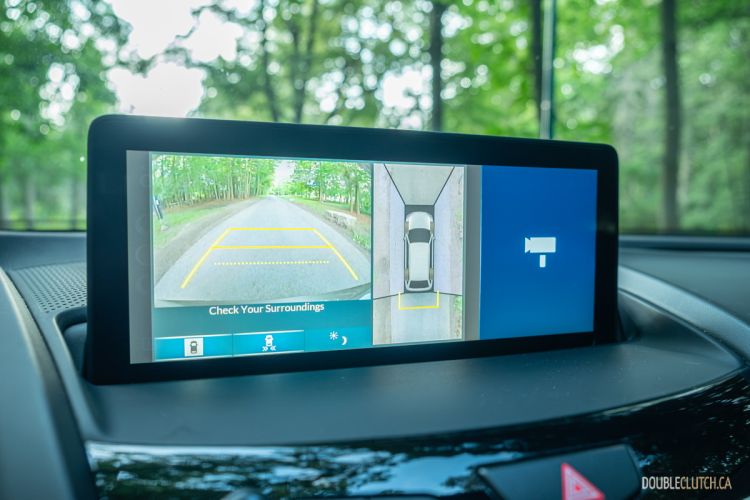
The infotainment system is also dated. It’s not a touchscreen; instead, it’s controlled by a frustrating touchpad which Acura calls “True Touchpad.” Being so used to a touchscreen, I was constantly tapping at the screen before reminding myself I have to use the touchpad. It’s strange to use, sometimes feeling overly sensitive and causing you to ‘overshoot’ your selection.
On top of this, Acura separates the 10.2-inch screen into two sections, but the problem is, the right side of the screen — taking up about one third of the display — isn’t programmed to be particularly useful and the screen itself will never use the entire real estate for one purpose. This issue is magnified when using Android Auto or Apple CarPlay, and more so when you put the RDX into reverse, where the backup and 360-degree camera feeds display on two-thirds of the already small display, instead of maximizing visibility by using the whole thing.
I promise there is some good news on the way. Acura’s always excellent ELS Studio 3D audio system, providing 710 watts through 16 channels — including roof-mounted speakers — is a silver lining. It’s crisp and offers up a wide sound stage, with the only real flaw being a lack of earth-shattering bass, if that’s what you’re into. Acura also does well to include a number of USB ports — both USB-A and USB-C — as well as a wireless charging pad under the semi-floating centre console.
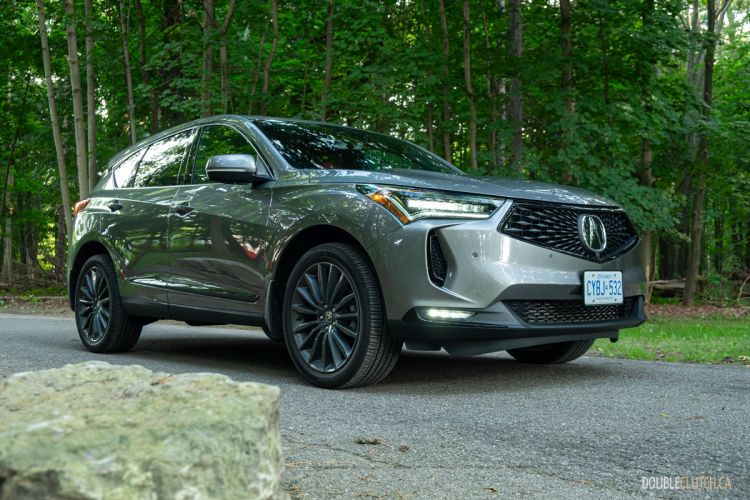
From the outside, the RDX looks properly sporty in A-Spec trim, with a nice set of ‘shark grey’ wheels, a very Acura-esque diamond grille, black accents, some A-Spec badging, and nicely sized dual exhaust tips to finish off the look. The body is athletic looking, even if it eschews the popular coupe-like profiles many other SUVs have adopted.
Getting the RDX moving is when things really start to turn in Acura’s favour. Forward momentum is accomplished via a 2.0-litre turbocharged four-cylinder engine, making 272 horsepower at 6,500 rpm and 280 pound-feet of torque as low as 1,600 rpm, sent to all four wheels via a 10-speed automatic transmission and Acura’s venerable Super Handling All Wheel Drive (SH-AWD) system. That 6,500 rpm number might sound high in this day and age, especially for an SUV, but it’s what gives the RDX its credentials. The automatic loves to hold gears longer than you’d expect, so the RDX reaches high into its rev range to get you up to speed, whether in its normal or sportiest drive modes.
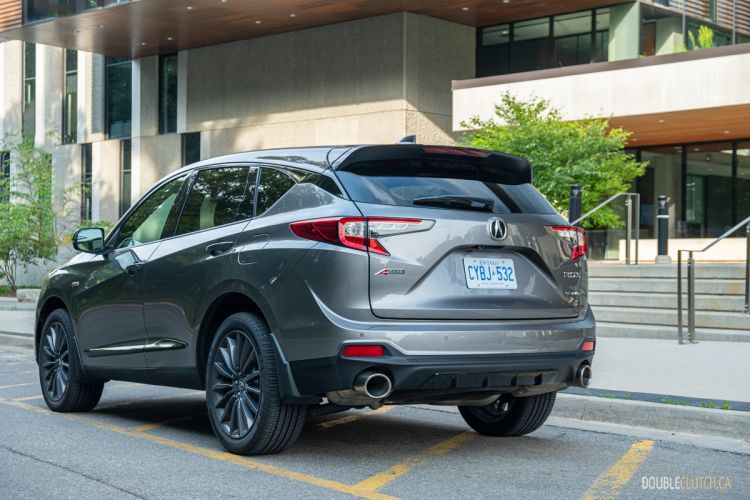
To me, coupled with an expertly tuned suspension, it made me feel like I was in an Acura from yesteryear, and I mean that in the best way possible. This little compact SUV is a hoot to drive. No, it isn’t the fastest thing out there in a straight line, but when was any Acura king of a drag strip? Take this thing through some country roads and not only will it surprise you at what it’s capable of, it’ll also put a smile on your face. I can’t say that about many compact SUVs I’ve driven. The paddle shifters could be more responsive, but outside of that, it’s hard to fault the way the RDX drives.
Is that enough to make the RDX competitive in today’s landscape? I’m not sure. There are some strong contenders out there in this segment — like the base, four-cylinder Genesis GV70, which gives you more power, much better tech, and a completely different level of luxury, at a similar price point. But if you grew up on Integras and now have a growing family, this 2023 Acura RDX Platinum Elite A-Spec might just scratch that old itch.


